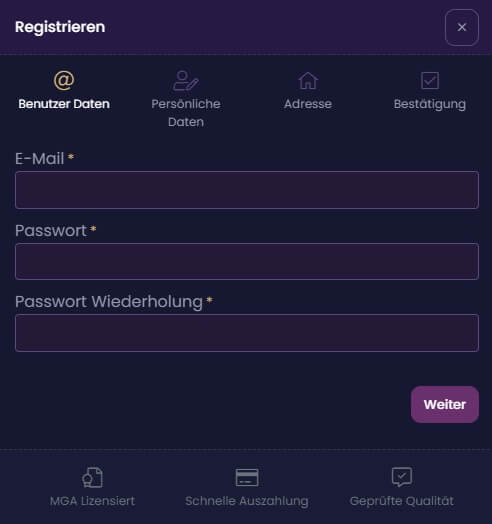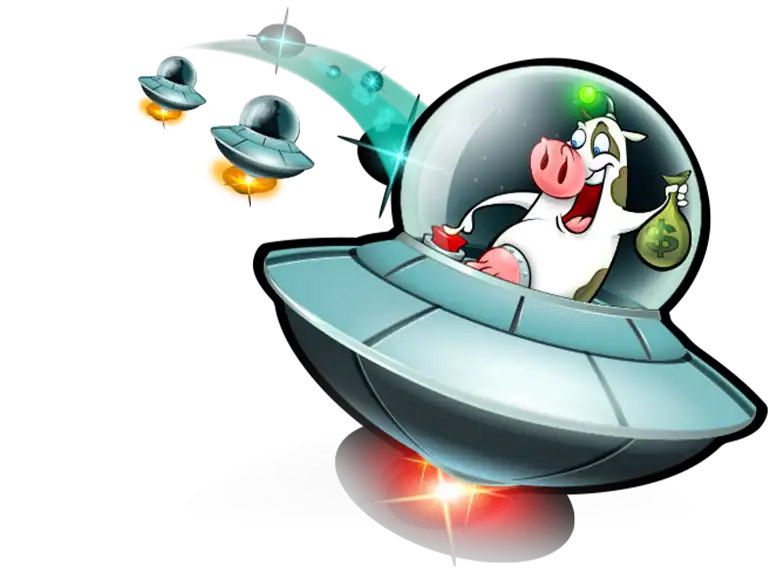В обоих случаях загрузка программ происходит непосредственно с мобильных сайтов. В магазинах Play Market и App Store приложений нет. Постоянного ресурса для посетителей из России и Украины не существует. При выборе региона откроется один из дублирующих сайтов («посадочные страницы»). Не имеет смысла запоминать их названия, поскольку администрация комнаты постоянно создает новые резервные площадки. Тем не менее популярность комнаты в России несколько преувеличена.
- Academypoker.ru исключительно информационный ресурс.
- Участие в них позволяет игрокам получать больше выгоды.
- Тем не менее популярность комнаты в России несколько преувеличена.
- В инструкции ниже описано, как решить эти вопросы.
- Теоретически возможно получить 100% рейкбека.
- По умолчанию включена функция Squeeze — карты сдаются в закрытую, их надо «приподнимать».
- У игрока будет 30 дней, 30 миссий и 10 призов.
- Для депозитов можно использовать банковские карты Visa, Mastercard, а также платежные системы Skrill, Neteller, MuchBetter и ecoPayz.
- Они формируются ежедневно в кэш-игре в Холдем и Омаху, в All-In or Fold, Spin&Gold и Flip&Go.
Величина рейка одинакова во всех кэш-развлечениях и на всех лимитах — 5%. Существует предел рейка (кэп) — от 1 до 3 больших блайндов в зависимости от игры и ограничения. В руме играют в Холдем, Омаху и Холдем короткой колодой («6+»).
Эксклюзивные Акции
Руководство сохранило деньги игроков старой площадки и автоматически перевело их на новую. Пользователи могут перевести между игровыми счетами до $300 каждые 24 часа без комиссии. В таблице собрана информация по всем доступным системам.
Доступные Виды Игр На Официальном Сайте Pokerok (старое Название — Ggpokerok)
В Play Market ее нет, потому что магазин не размещает приложения с игрой на деньги. В покерок скачать многоуровневой программе лояльности Fish Buffet покеристы могут получать до 60% кешбэка. Размер зависит от комиссии, которую заплатил пользователь. За финальным столом все игроки находятся в призовой зоне. За каждого из них дается награда за выбивание.
Постепенно искусственный интеллект подстраивается под стратегию и предлагает нужные размеры ставок. Разрешены депозиты не верифицированным клиентам. Максимальная сумма пополнений в месяц в этом случае ограничена $2,000. Увеличение счета с карты могут делать только жители Украины.
Мировые показатели объясняются притоком игроков с самой густонаселенной территории — Юго-Восточной Азии. Можно использовать паспорт, водительское удостоверение, ID-карту. Если не получается попасть на главную страницу рума с мобильного телефона, можно сначала загрузить APK-файл на компьютер. Официальный сайт в такой ситуации не подходит, так как он по умолчанию перенаправит на скачивание установщика приложения для ПК. Free Bet — это не лучшая игра по отдаче у них. А еще у них есть полноценный русский покер с обменом любого количества карт или покупкой шестой.
- Вопросы о том, как войти в Покерок, как сделать депозит или вывод средств, следует адресовать службе поддержки по почте.
- Летом 2021 года покер-рум возглавил рейтинг трафика по версии PokerScout.
- Попадание в призовую зону в среднем гарантирует $20-$30.
- После регистрации пользователь вправе начать игру в скачанном клиенте.
- Рум обошел главного конкурента PokerStars в начале 2022 года, хотя и в конце 2021 уже делал попытки соревноваться на равных.
- Делая первое пополнение счета, покерист может рассчитывать на приветственный бонус 100% к сумме депозита до $600.
- Игроки, предпочитающие сеть GGNetwork, могут бесплатно скачать приложение ПокерОК на Андроид.
- Высокий PVI увеличивает рейкбек, низкий — уменьшает.
- Система встроенного в рум бэкинга привлекательна прозрачностью и честностью.
В нем публикуются актуальные промокоды и анонсы предстоящих промо, турниров. Комната ведет аккаунты в социальных сетях Facebook, Instagram, каналы на YouTube, Twitch. Операторы саппорта отвечают на вопросы клиентов в течение 2‒3 часов. Перед началом игры необходимо подстроить свои диапазоны под PokerOK. Спектры стартовых рук будут отличаться от таблиц, которые приносят результат в других покер-румах.
Трафик высокий даже на самых дорогих лимитах — $500/$1,000. Здесь играет Линус Луис, Леон Цукерник и другие профессионалы. Имеет 10 языковых локализаций, включая русскую.
Кнопка для перехода появляется в клиенте на странице Fish Buffet, когда необходимые условия выполнены. Награды выдаются последовательно и учитывают весь прогресс в акции. Например, за 15 выполненных заданий игрок получает кеш $2.50, турнирные $12.50 и 9 билетов на Spin&Gold. Бонусы покер-рума в основном направлены на профессионалов.
Ggmasters
С помощью сервиса PokerCraft пользователь может анализировать ошибки и менять стратегию. В руме PokerOK работает саппорт для русскоязычных пользователей. Обратиться в техническую поддержку можно через форму на сайте или написать на e-mail. На странице площадки есть ответы на частые вопросы и инструкция, как скачать клиент ПокерОК на компьютер. Покерный клиент PokerOk был разработан специально для ПК и предназначен для комфортной игры в любимом покер-руме. Программа интуитивно понятна и не требует специальных навыков для установки и использования.
Способ обращения единственный — электронное письмо. Писать нужно с e-mail, который указан в профиле игрока. Минимальная сумма депозита — $10, для банковских карт — $5. Максимальное разовое зачисление с карт ограничено суммой $1,000.
Academypoker.ru исключительно информационный ресурс. Сайт не предоставляет никаких игровых платформ, не является организатором или рекламой азартных игр. Сохранить моё имя, email и адрес сайта в этом браузере для последующих моих комментариев. Скачать клиент PokerOK (ранее назывался GGPokerOK) на ПК могут даже незарегистрированные пользователи. Создание аккаунта разрешено после окончания инсталляции ПО. По покеру с укороченной колодой проводится ежедневный лидерборд с призовым фондом $5,000.
Откажитесь от игры в неоптимальном психоэмоциональном состоянии и контролируйте расходы, связанные с ней. При первых признаках развития зависимости обратитесь к специалисту. С 14 по 20 октября в руме пройдет акция, которая рассчитана исключительно на любителей кеша.
Десктопная версия оснащена всеми необходимыми функциями и фильтрами для поиска кэш-столов, турниров. Есть встроенные аналитические инструменты, HUD собственной разработки. Покер с укороченной колодой отличается отсутствием всех карт, ранг которых ниже шестерки.
У игрока будет 30 дней, 30 миссий и 10 призов. Первая награда — 2 билета по $0,5 — дается за выполнение простых заданий вроде «Сыграть 50 раздач в Holdem». Чтобы заслужить его, нужно успешно пройти все миссии. PokerOK не скупится на акции и щедрые промо-предложения.
Если вы хотите скачать клиент ПокерОк на ПК, начните с посещения официального сайта покерного рума GGPokerOk. На странице Download представлены различные варианты для загрузки приложения на ваш компьютер или ноутбук. PokerOK — ведущий покер-рум сети Good Game Network (GG Network). Официальные ресурсы, программное обеспечение и акции различаются для посетителей из разных стран. Для игры на реальные деньги со смартфона проще всего зайти на официальный сайт рума и воспользоваться APK. Скачать Pokerok и играть онлайн на реальные деньги в браузере не получится, так как рум не имеет веб-версии.

